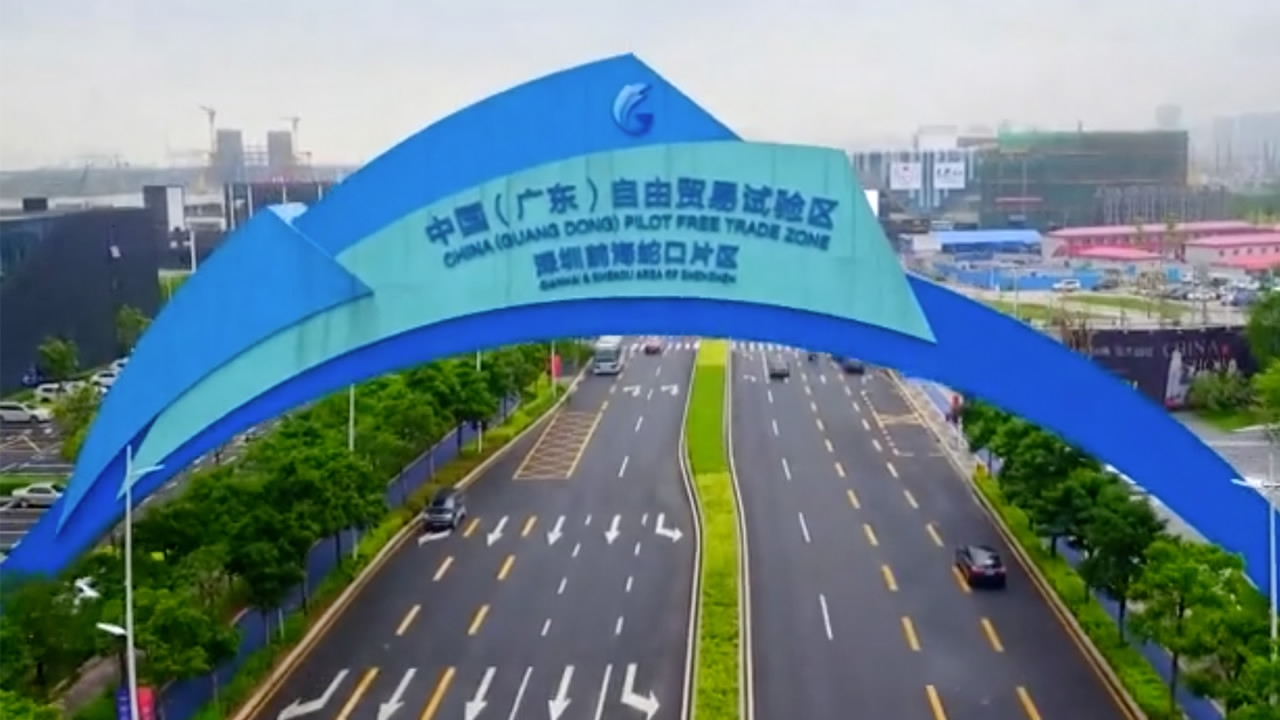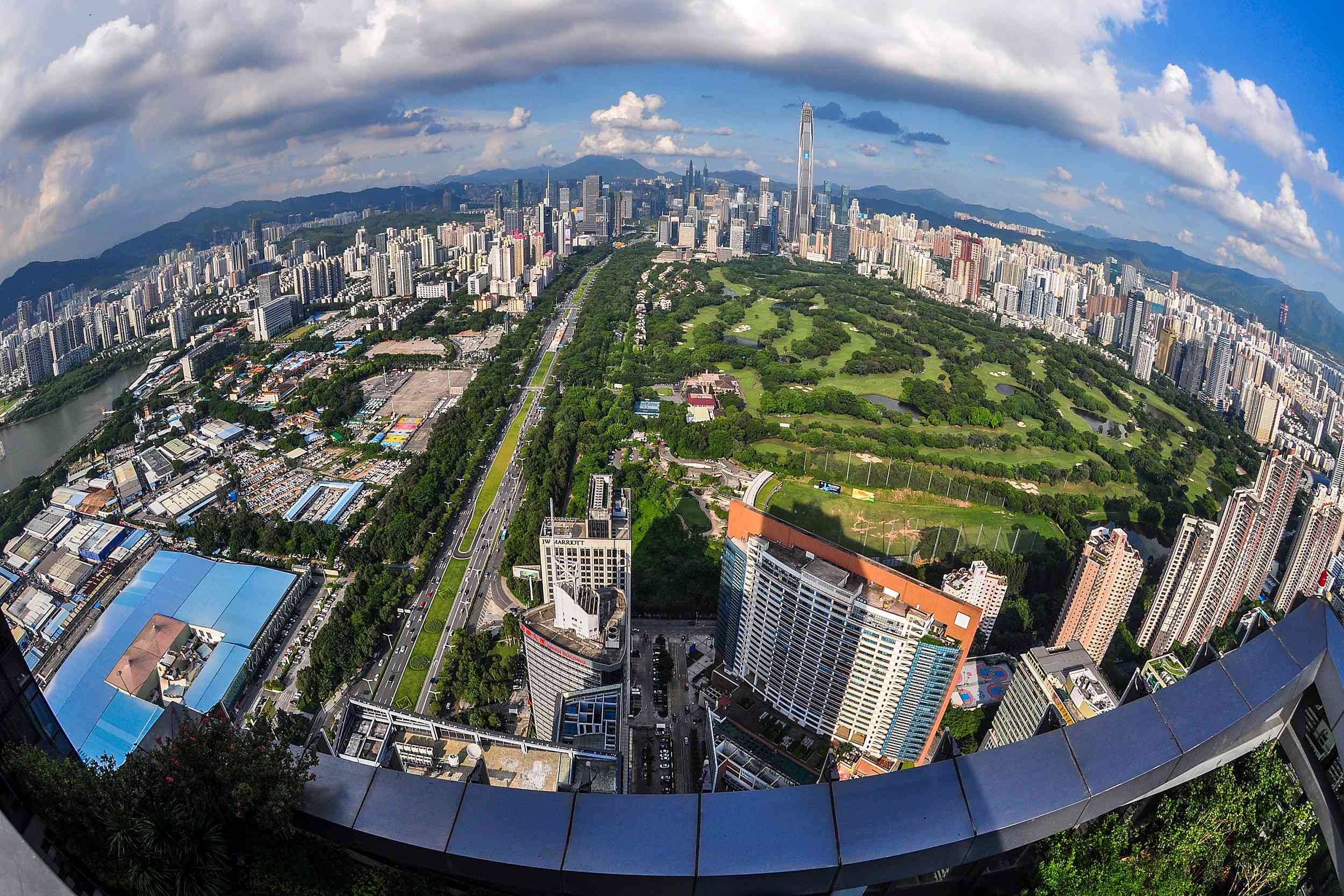
Business
12:12, 04-Sep-2017
China Footprint: Shenzhen: Lodestar of China's economic reform
By CGTN's Rachael Ruble, Zhang Ke

The Special Economic Zones (SEZs) have played a crucial role in China’s reform and opening up, as many of the country’s new policies and practices were first tried out in these pilot zones. Shenzhen, the first economic zone established in China, has become an economic miracle in less than 40 years, turning from a small fishing village to one of the four first-tier cities in China.
Today, Shenzhen is also leading the way in economic transition and has been developed into the country’s innovation capital. It has cultivated high-tech giants like Tencent and Huawei as well as many startups.

VCG Photo
VCG Photo
“I graduated from Zhejiang University. But I chose to work in Shenzhen because the city has more opportunities. It has many leading companies as well as startups,” said Eric Wu from Tencent Holdings Ltd.
Eric’s story isn’t unusual. With a modern history of just four decades, it's a city of migrants and with an average employee age of 30, Tencent isn’t the exception in Shenzhen, it’s the rule – as seen in the many other innovation-driven companies that are thriving here.
"Tencent brings in talents to Shenzhen, who help to boost Shenzhen's thriving innovation scene. And we create a lot of jobs here and tax revenues for the local government, which provides energy to the city's development," said Alex Chen, HR manager at Tencent.
"Shenzhen is a dynamic city, people here come from everywhere. The city has an inclusive culture and more opportunities. Everyone can find their places here and be what they want to be here," said Guo Wanda, vice president of China Development Institute.
Less than 40 years ago, Shenzhen was a small fishing village of around 30,000 people. Everything changed when it was designated as China’s first SEZ in 1979. The move sparked rapid economic expansion, the vibrant skyscrapers seen today and a booming population of around 18 million people.
Shenzhen has become a magnet, attracting investment from home and overseas, as well as people who flocked to the city in what was called China’s “gold rush.” And it was soon known by almost every Chinese for what was called the “Shenzhen Speed”, the pace of its rapid development rarely seen before.
"As a special economic zone, Shenzhen has played its role in experimenting and testing for some specific policies. If these policies are a success in Shenzhen, they will be copied to other parts of the country. Even now in this transition period, Shenzhen is a development model for China and still plays this pilot role," said Guo.
This transition period of moving from traditional to manufacturing technology is where Shenzhen is leading the way once again.
"The municipal government plays an important role in stimulating innovative activities. Innovation enterprises, especially startups, can get a financial subsidy and policy support from the local government. The government also has subsidy for talents, especially those returning from abroad," said Guo.
Wu is among the players in this driving force as one of the many innovative minds at Tencent.
"Here at Tencent, employees are encouraged to compete with each other in creating new products and services. In this competitive culture, new ideas can come from bottom up," said Wu.
"Innovation is the key for Tencent's development, and we created an environment to encourage innovation in the company," added Chen.
It’s this innovative mindset and internal competition that is driving not only Shenzhen’s future, but China’s as well.

SITEMAP
Copyright © 2018 CGTN. Beijing ICP prepared NO.16065310-3
Copyright © 2018 CGTN. Beijing ICP prepared NO.16065310-3